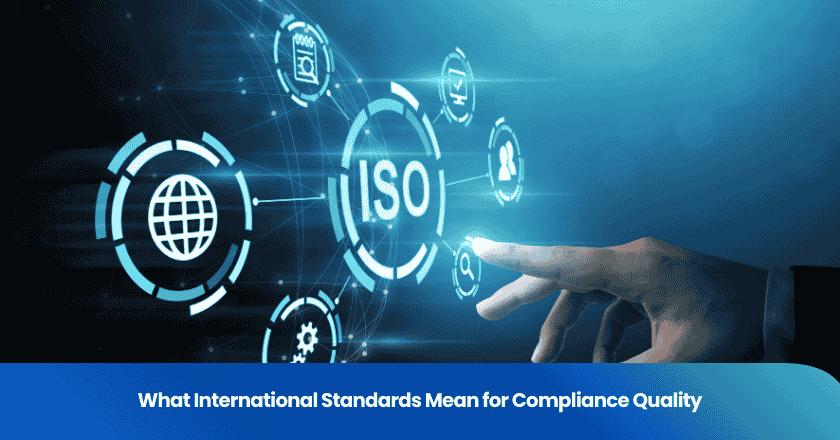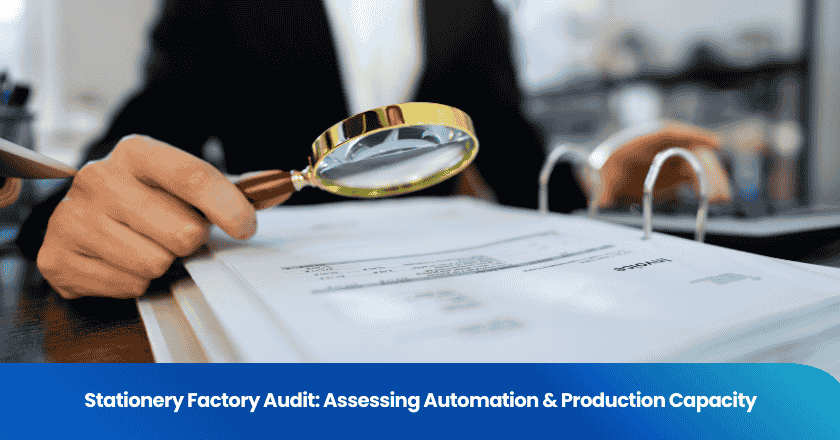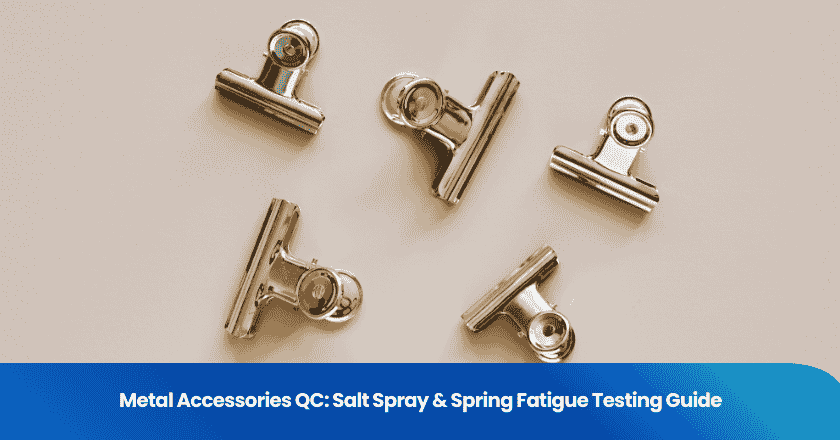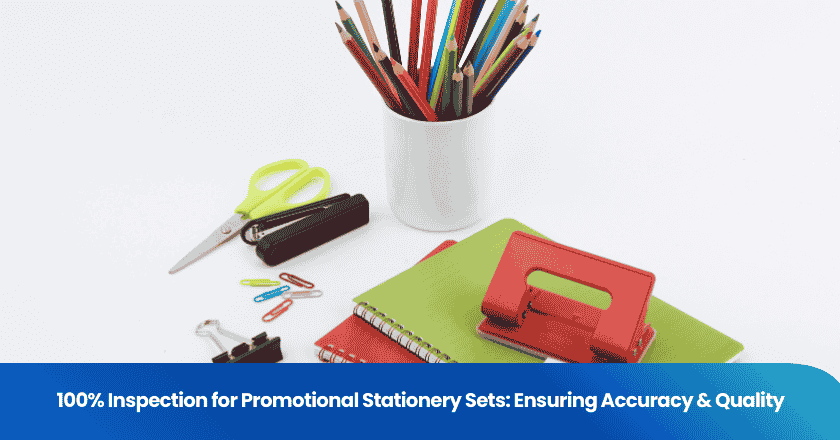
You strengthen compliance quality by aligning your organization with international standards. ISO standards give you a clear framework that supports uniform operations and better risk management. When you follow these standards, you create consistent practices that build trust and open doors to global markets. Recent research shows that organizations using ISO standards stand out for their operational efficiency and international reputation.
Key Takeaways
- Adopting ISO standards improves compliance quality by providing a clear framework for consistent operations.
- ISO certification enhances your organization's reputation, opening doors to new markets and partnerships.
- Following ISO standards helps you identify and reduce risks, leading to fewer legal and financial penalties.
- Implementing a quality management system fosters a culture of continuous improvement, increasing customer satisfaction.
- Regularly reviewing and updating your quality management practices ensures ongoing compliance and operational efficiency.
ISO Standards Overview
What Are ISO Standards
You encounter iso standards in nearly every industry. These standards set the benchmark for quality, safety, and efficiency. Iso standards are developed by the International Organization for Standardization, a global body that brings together experts to create guidelines for best practices. You use iso standards to ensure your products, services, and systems meet international expectations. Iso standards cover a wide range of areas, including quality management, environmental responsibility, and risk management.
Iso standards serve as a universal language for compliance quality. You rely on them to align your operations with global requirements and industry best practices.
Here is a table showing some of the most widely adopted iso standards and their primary objectives:
| ISO Standard | Primary Objective |
|---|---|
| ISO 9001 | Establishes a framework for quality management systems to enhance customer satisfaction and regulatory compliance. |
| ISO 14001 | Provides guidelines for environmental management systems to improve environmental performance and compliance. |
| ISO 31000 | Offers a structured approach to risk management, helping organizations identify and mitigate risks effectively. |
Why ISO Standards Matter
You benefit from iso standards because they provide universally recognized guidelines. These guidelines help you manage processes, reduce risks, and enhance outcomes. Iso standards foster consistency and trust across industries. You improve operational efficiency, minimize errors, and strengthen customer trust by following iso standards.
- Iso standards ensure products, services, and systems meet global expectations for excellence.
- You manage processes more effectively and reduce risks.
- Iso standards help you enhance outcomes and build trust.
You gain several advantages when you adopt iso standards:
1. You improve efficiency and productivity by optimizing processes.
2. You enhance customer satisfaction through consistent quality.
3. You increase your competitive advantage with recognized certification.
4. You ensure compliance with legal and regulatory requirements.
5. You open access to new markets.
6. You improve risk management.
7. You increase employee engagement.
8. You reduce costs.
9. You enhance supplier relationships.
10. You support continuous improvement.
11. You increase credibility and trust.
12. You demonstrate better environmental and social responsibility.
13. You improve decision-making.
14. You improve document control.
Iso standards compare favorably to other frameworks. For example, iso 27001 requires formal certification and regular audits, which increases credibility and international recognition. You may find iso standards more effective if you need stringent compliance and global recognition.
Compliance Quality Benefits
Consistency and Reliability
You improve compliance quality by adopting ISO standards that focus on consistency and reliability. These standards require you to define processes clearly and document procedures. When you follow ISO guidelines, you create a culture where everyone understands their roles and responsibilities. This approach leads to fewer errors and more predictable outcomes.
Consistency in your operations builds trust with customers and stakeholders. Reliable processes help you deliver products and services that meet expectations every time.
Here is a table showing how ISO standards enhance consistency and reliability within organizations:
| Benefit | Description |
|---|---|
| Better-defined processes | You focus on defining and conforming to product requirements, which strengthens compliance quality. |
| Consistent quality | You promote consistency in process inputs, raw materials, and work performance. |
| Enhanced efficiency | You streamline processes, leading to improved workflows and reduced waste. |
| Greater management visibility | You improve oversight of processes and outcomes, allowing for better decision-making. |
| Standardized operations | You achieve immediate quality and long-term consistency by standardizing operations. |
| Streamlined processes | You document procedures, which reduces errors and supports compliance quality. |
| Improved processes | You map and analyze key business processes, identifying areas for improvement. |
| Consistent outcomes | You ensure high-quality production with fewer defects and less rework. |
When you implement quality management systems, you create reliable workflows that support compliance quality. You also encourage employees to follow best practices, which leads to consistent results and higher customer satisfaction.
Risk Reduction
You reduce risks by using ISO standards as a foundation for compliance quality. These standards help you identify potential problems before they escalate. You take a proactive approach to risk management, which minimizes legal and financial penalties.
ISO standards guide you to assess risks, monitor compliance, and implement preventive measures. This structured approach protects your organization from costly mistakes.
Consider the following table that highlights how ISO standards support risk reduction:
| ISO Standard | Benefits | Risk Management Focus |
|---|---|---|
| ISO 9001:2015 | Reduces product defects, improves customer satisfaction, streamlines operations | Proactive quality management to prevent issues |
| ISO 14001:2015 | Ensures regulatory compliance, reduces waste, enhances public perception | Environmental risk management to avoid fines |
| ISO 31000 | Provides guidelines for all types of risks, supports compliance, strengthens resilience | Comprehensive risk management across sectors |
You identify risks early and address them before they impact compliance quality. You also avoid costly fines and penalties by meeting regulatory requirements. When you use quality management principles, you strengthen your ability to respond to challenges and maintain compliance quality.
- You identify potential risks before they escalate.
- You encourage proactive risk management rather than reactive fixes.
- You reduce legal and financial penalties by maintaining compliance quality.
Global Recognition
You gain global recognition when you achieve ISO certification and maintain high compliance quality. International standards signal your commitment to quality management and regulatory compliance. Many organizations require ISO certification as a minimum standard for business partnerships and market access.
ISO certification demonstrates your dedication to continual improvement and compliance quality. This reputation opens doors to new markets and strengthens relationships with customers and suppliers.
Here is a table showing how organizations benefit from global recognition through ISO certification:
| Organization | ISO Standard | Achievements |
|---|---|---|
| Toyota | ISO 9001 | Standardized production, improved quality, solidified reputation in automotive excellence. |
| Coca-Cola | ISO 22000 | Enhanced food safety, strengthened customer trust, improved supplier accountability. |
| IBM | ISO/IEC 27001 | Strengthened data protection, positioned as a trusted IT partner. |
| Airbus | ISO 14001 & 9001 | Reduced environmental impact, reinforced reputation for safety and responsibility. |
| Nestlé | ISO 14001 | Improved sustainability practices, better compliance, increased consumer loyalty. |
You position your organization as a trusted partner in global markets by maintaining compliance quality. ISO certification helps you meet international regulations, secure government contracts, and improve supplier relationships. You also enhance customer trust and satisfaction by demonstrating professionalism and reliability through quality management.
- ISO certification shows your commitment to continual improvement and compliance quality.
- You meet global regulations and minimize legal risks.
- You expand market access and improve supplier relationships.
- You foster customer trust and satisfaction by maintaining high standards.
Quality Management System Essentials
ISO 9001 Certification
You strengthen compliance quality by pursuing iso 9001 certification. This certification sets a global benchmark for quality management system effectiveness. You demonstrate your commitment to quality, accountability, and continual improvement when you achieve iso 9001 certification. Organizations across aerospace, medical device manufacturing, and general industry rely on iso 9001 certification to meet regulatory requirements and industry standards.
| Industry | Benefit of ISO 9001 Certification |
|---|---|
| Aerospace | Compliance with specific quality standards (AS9100) |
| Medical Device Manufacturing | Compliance with specific quality standards (ISO 13485) |
| General Industry | Understanding and following regulatory requirements |
You build a robust quality management system by focusing on key areas emphasized in iso 9001 certification. These areas include documentation, process interactions, and planning. You ensure accountability and leadership in quality management. Efficient resource management helps you meet quality objectives. Product realization processes guarantee that your products meet established standards. Ongoing measurement, analysis, and improvement efforts drive efficiency and effectiveness.
| Key Areas of Emphasis | Capabilities |
|---|---|
| Quality Management System | Documentation, process interactions, and planning |
| Management Responsibility | Ensures accountability and leadership in quality management |
| Resource Management | Efficient allocation and management of resources to meet quality objectives |
| Product Realization | Processes to ensure products meet quality standards |
| Measurement, Analysis, Improvement | Ongoing efforts to enhance efficiency and effectiveness of processes |
You gain several advantages with iso 9001 certification:
- You improve quality through a culture of quality management.
- You enhance operational efficiency by reducing errors and streamlining processes.
- You increase customer satisfaction by meeting expectations and regulatory requirements.
- You improve your professional reputation, demonstrating commitment to quality.
- You manage risks better by identifying and addressing operational risks.
- You access new markets that require iso 9001 certification.
- You foster a culture of continuous improvement among employees.
You must meet specific requirements to obtain iso 9001 certification. These requirements ensure that your quality management system supports compliance quality at every level.
| Clause | Requirement | Purpose |
|---|---|---|
| 8 | Operational planning and control | Ensures processes meet product and service requirements, maintaining consistency and quality. |
| 8 | Requirements for products and services | Manages customer interactions to fulfill expectations and regulatory standards. |
| 8 | Design and development | Establishes a structured process to meet regulatory and customer-specific requirements. |
| 9 | Monitoring, measurement, analysis, and evaluation | Assesses QMS performance to support evidence-based decision-making. |
| 9 | Internal audits | Identifies nonconformities and drives corrective actions for continual improvement. |
| 10 | Nonconformity and corrective action | Addresses root causes of nonconformities to maintain quality standards. |
| 10 | Continual improvement | Integrates data analysis and feedback to enhance QMS effectiveness. |
You use these requirements to build a quality management system that supports compliance quality. You monitor and measure processes to ensure alignment with quality objectives. Data collection helps you identify deviations and take corrective actions. You assess customer satisfaction to understand how well you meet expectations.
Core QMS Elements
You create a strong quality management system by focusing on essential elements defined by iso 9001 certification. Each element supports compliance quality and drives improvement.
1. Quality Policy and Quality Objectives: You establish official statements of commitment to quality and set specific business goals.
2. Quality Manual: You document the rationale and overview of quality procedures.
3. Organizational Structure and Responsibilities: You allocate quality-focused responsibilities to facilitate quality management system implementation.
4. Data Management: You define, collect, organize, and analyze data for improvement.
5. Processes: You monitor and assess processes affecting product and service quality.
6. Customer Satisfaction with Product Quality: You measure customer satisfaction to demonstrate your ability to meet needs.
7. Continuous Improvement: You take action toward improving quality.
8. Quality Instruments: You use equipment for testing products against specific criteria.
9. Document Control: You focus on recordkeeping related to quality management.
You build a quality management system that enables you to monitor and measure processes effectively. You identify deviations from planned objectives and take corrective actions that drive improvement. You monitor customer satisfaction to gain insights into how well you meet expectations, which enhances overall business success.
You ensure that your quality management system supports compliance quality by integrating these core elements. You create a culture of accountability, transparency, and continual improvement. You empower employees to contribute to quality objectives and maintain high standards. You use data-driven decision-making to guide improvements and sustain compliance quality.
Compliance Implementation
Implementation Steps
You achieve compliance quality by following a structured approach to ISO standards. Start by securing management support. Leadership involvement ensures resources and commitment. Next, identify ISO 9001 requirements and define the scope and processes. Implement these processes and train employees using role-based and interactive methods. Training increases awareness and supports customer satisfaction. Select a certification body that fits your needs. Prepare for ISO 9001 certification by documenting procedures and conducting internal audits. You monitor customer satisfaction throughout each step to confirm that your quality management system meets expectations.
Tip: Use process maps and templates to simplify documentation and improve customer satisfaction.
Recommended Steps for ISO Compliance:
1. Secure management support.
2. Identify ISO 9001 requirements.
3. Define scope and processes.
4. Implement processes.
5. Train employees.
6. Select a certification body.
7. Prepare for certification.
Overcoming Challenges
You may encounter obstacles during ISO implementation. Lack of awareness and resistance to change often disrupt progress. Address these by providing comprehensive training and involving leadership. Communicate the benefits of ISO standards, emphasizing improved customer satisfaction. Resource limitations and time constraints can slow implementation. Break the process into manageable stages and prioritize critical areas. Documenting processes may seem difficult. Use templates and process maps to streamline this task. Ongoing compliance requires regular audits and a culture of continuous improvement. High certification costs can be managed by exploring different certification bodies.
| Obstacle | Solution |
|---|---|
| Lack of awareness | Conduct training and involve leadership |
| Resistance to change | Communicate benefits and involve employees early |
| Resource limitations | Plan in stages and prioritize critical areas |
| Documentation issues | Use templates and process maps |
| Ongoing compliance | Establish continuous improvement and regular audits |
| Certification costs | Compare certification bodies for best fit |
You overcome these challenges by focusing on customer satisfaction and engaging employees in every phase.
Continuous Improvement
You maintain compliance quality by fostering continuous improvement. ISO 9001 encourages you to refine processes and adapt to changing conditions. Regularly assess your quality management system and collect feedback through customer satisfaction surveys. Monitor key performance indicators and conduct management reviews. Document corrective actions and allocate resources for ongoing improvement. Engage employees in quality practices and use electronic document management systems to track progress. Staying updated with ISO changes ensures your system remains effective. Continuous improvement drives customer satisfaction and supports long-term compliance quality.
Note: Continuous improvement is essential for sustained customer satisfaction and compliance quality.
You strengthen compliance quality by adopting ISO standards. These standards drive consistency, reduce risks, and earn global recognition. ISO certification fosters a culture of continuous improvement, helping you adapt to market changes and maintain competitiveness. Organizations with ISO 45001 certification report lower incident rates and improved safety performance.
| Organization Type | ISO Standard | Measurable Outcome |
|---|---|---|
| Electronics Manufacturer | ISO 9001 | 15% drop in defects, $2 million annual savings, improved satisfaction |
| Utility Company | ISO 55001 | $10 million annual savings in maintenance costs |
You should evaluate your current compliance practices and prioritize ongoing improvement to achieve long-term success.
FAQ
What is the difference between ISO standards and local regulations?
ISO standards provide global guidelines for quality and compliance. Local regulations set rules for specific regions. You use ISO standards to meet international expectations, while local regulations ensure you follow country-specific requirements.
How do ISO standards improve compliance quality?
You follow ISO standards to create clear procedures and documentation. This approach helps you meet specifications, reduce errors, and maintain consistent quality. ISO standards also support ongoing improvement and risk management.
Who needs ISO certification?
You need ISO certification if you want to demonstrate compliance quality to customers, partners, or regulators. Many industries require certification for market access, contract eligibility, or regulatory approval.
How often should you review your quality management system?
You should review your quality management system at least once a year. Regular reviews help you identify areas for improvement, address nonconformities, and ensure ongoing compliance with ISO standards.
What are the first steps to implement ISO standards?
You start by understanding the relevant ISO standards and their requirements. Next, you assess your current processes, train employees, and document procedures. Management support and clear objectives help you achieve successful implementation.
Grow your business with TradeAider Service
Click the button below to directly enter the TradeAider Service System. The simple steps from booking and payment to receiving reports are easy to operate.



